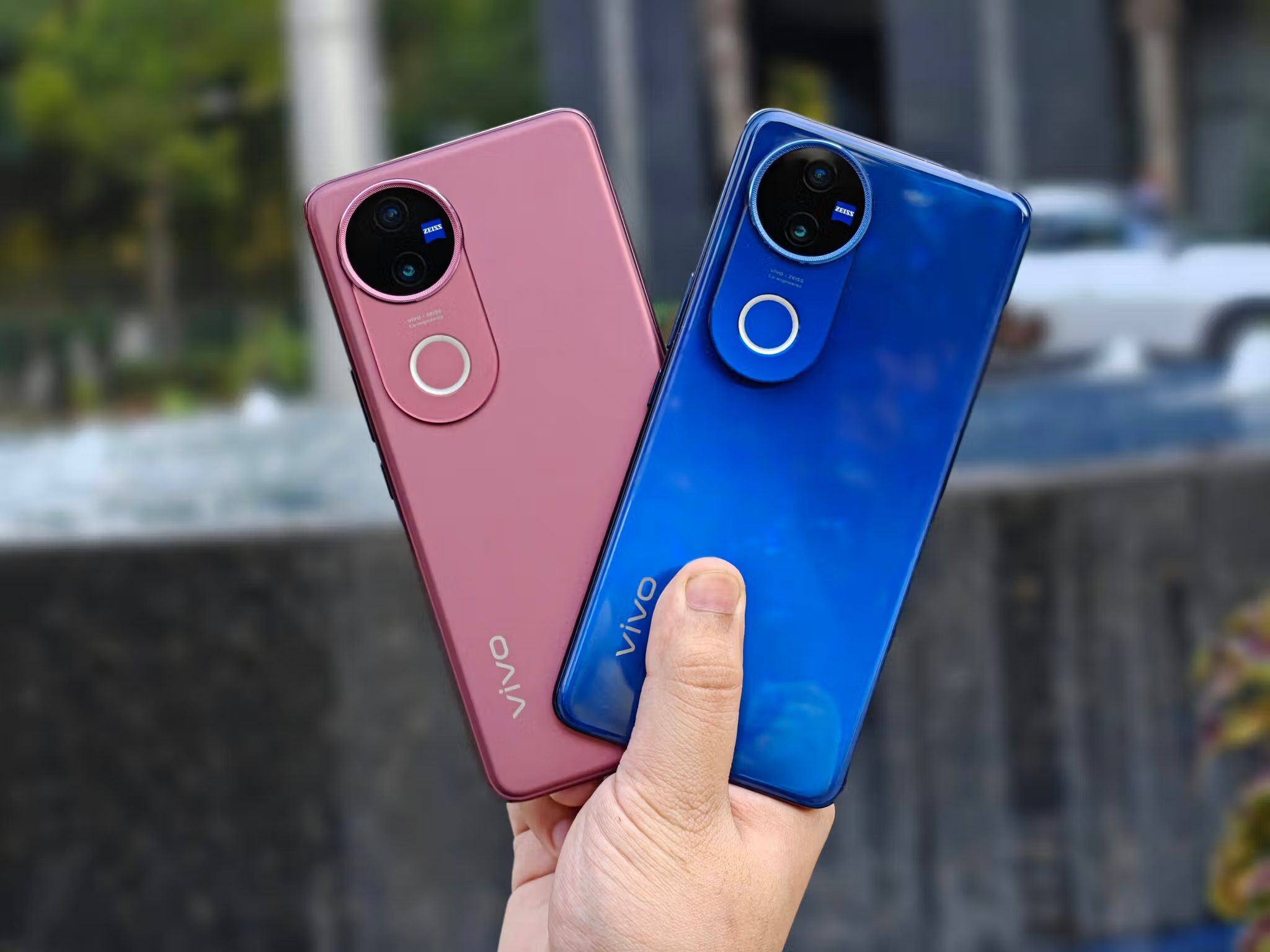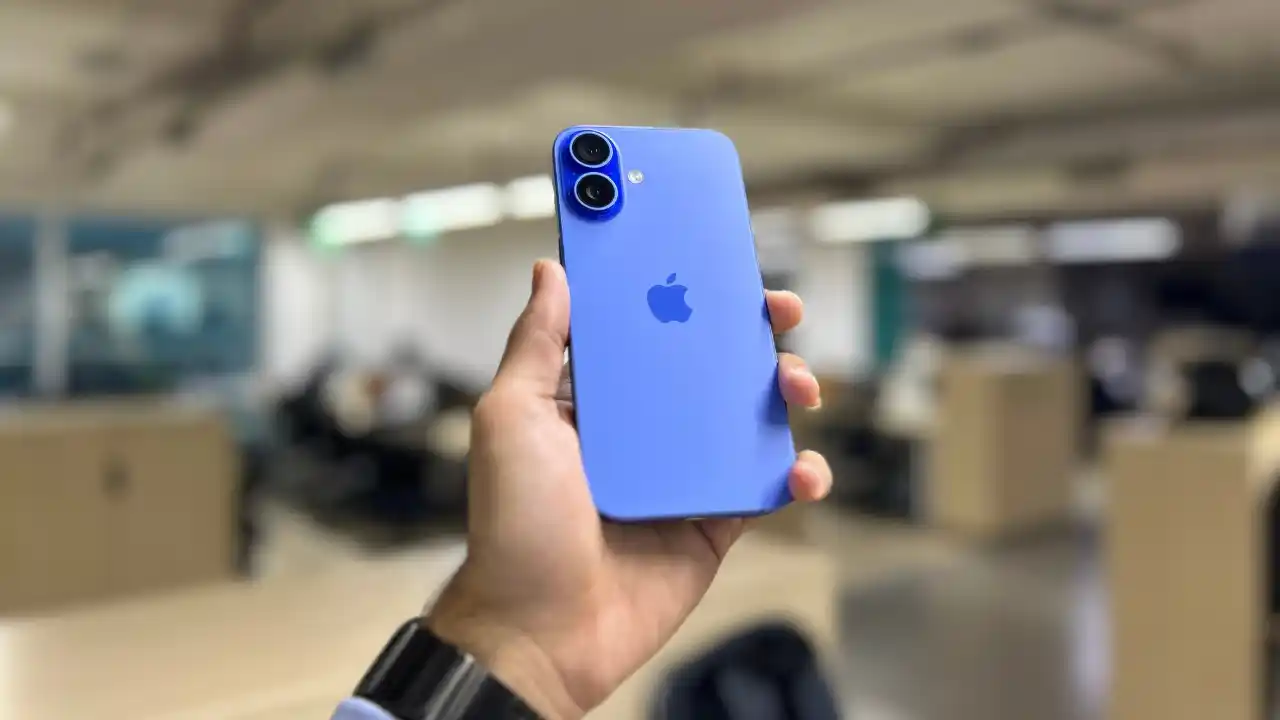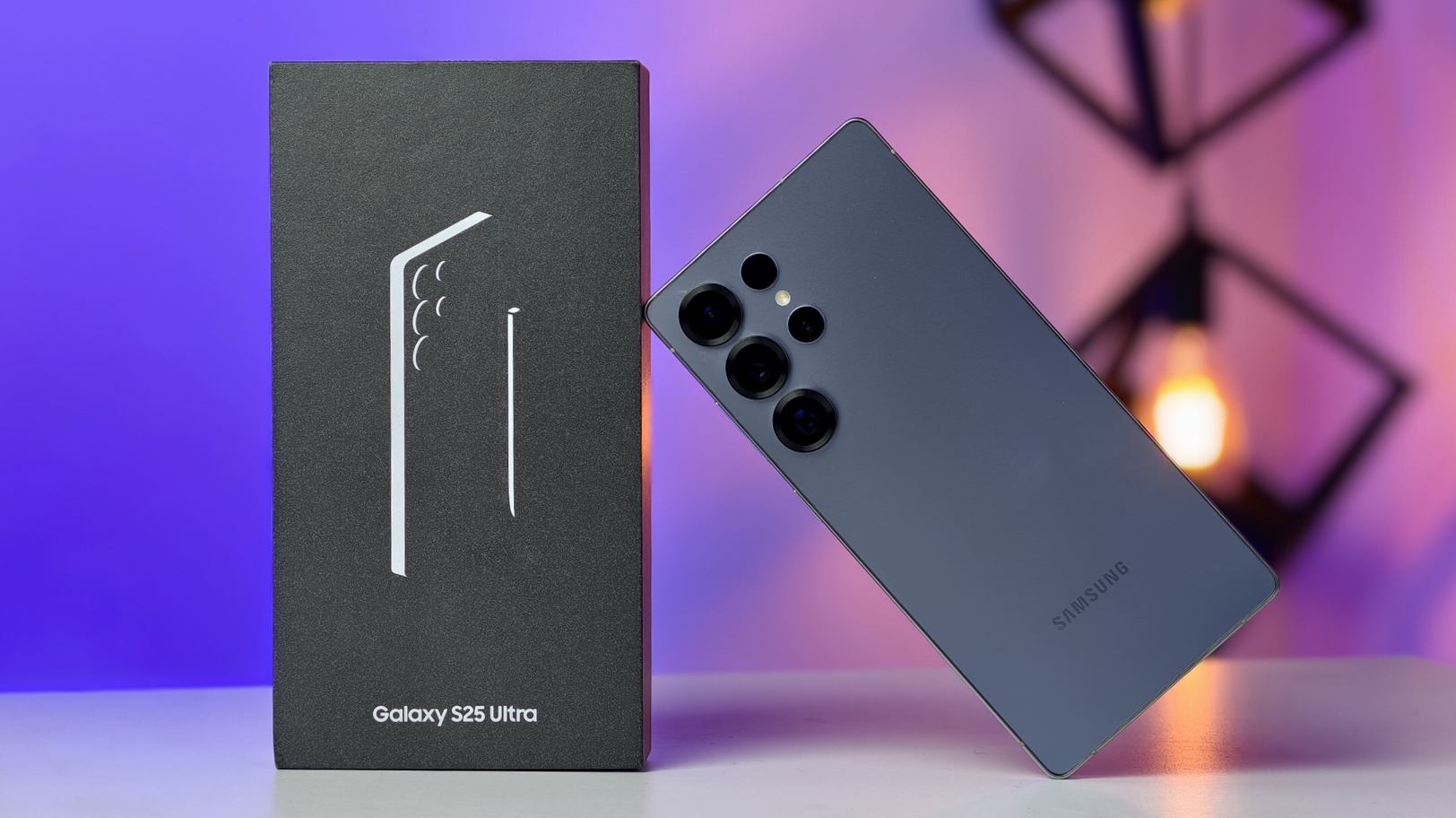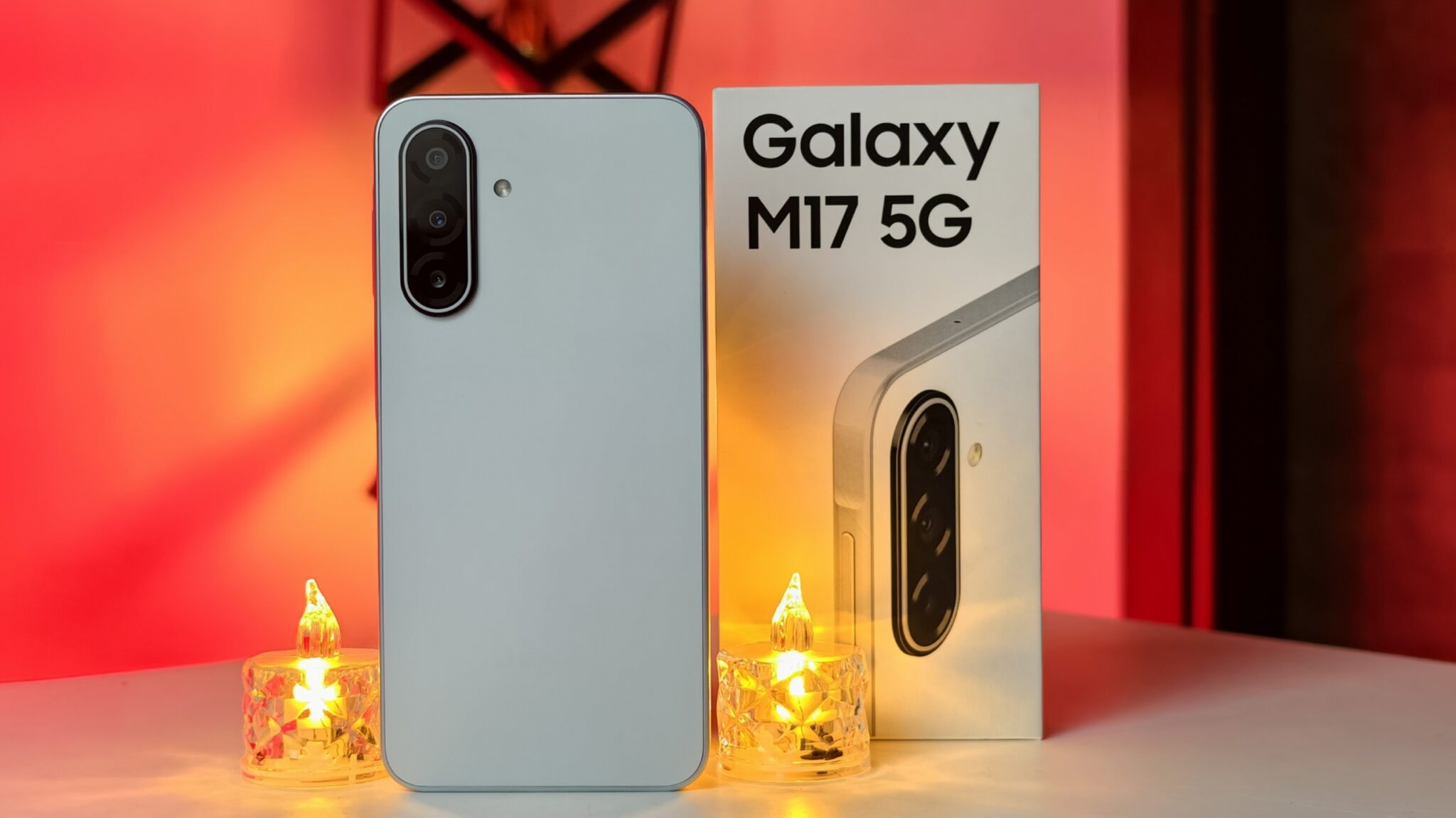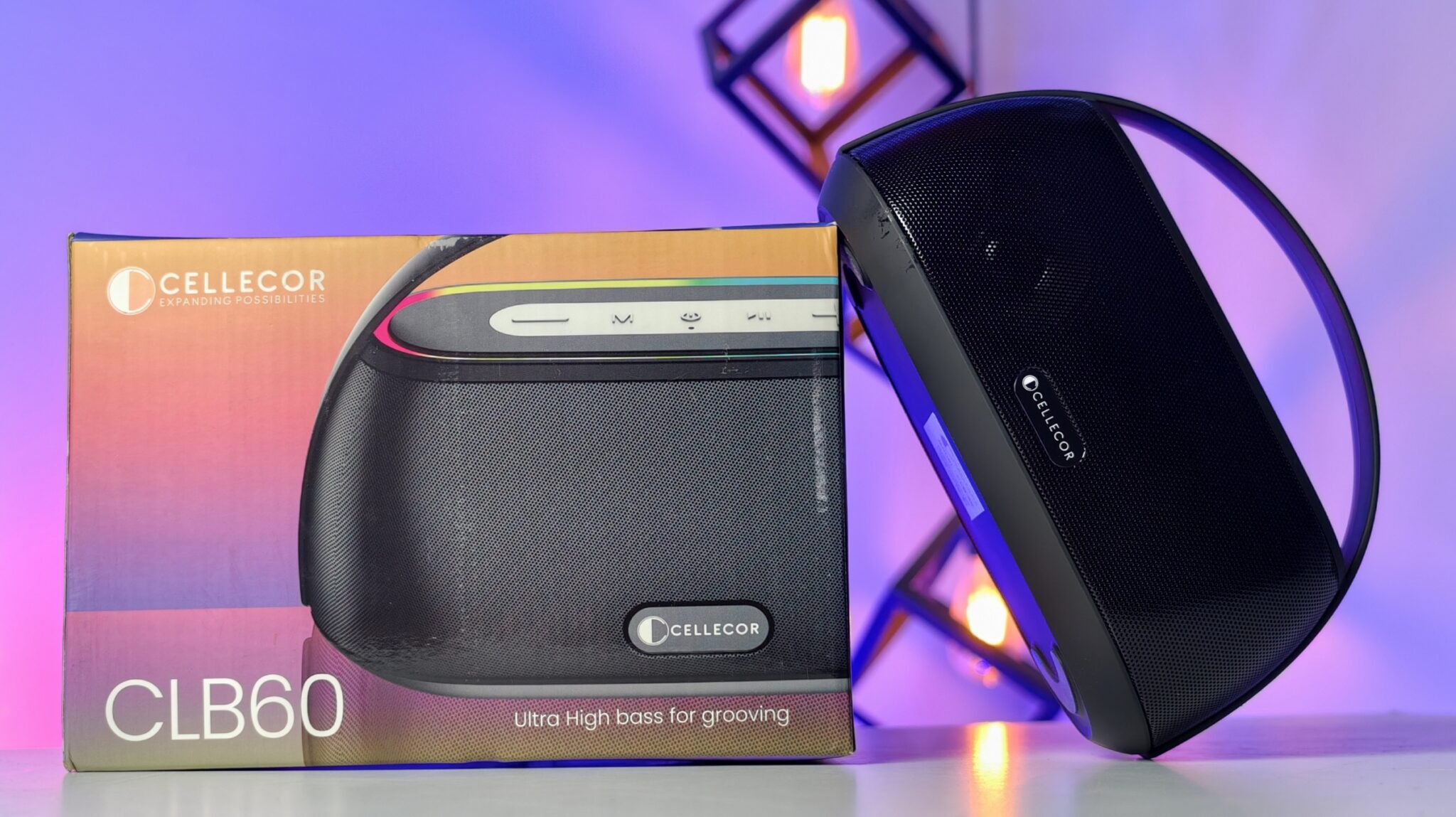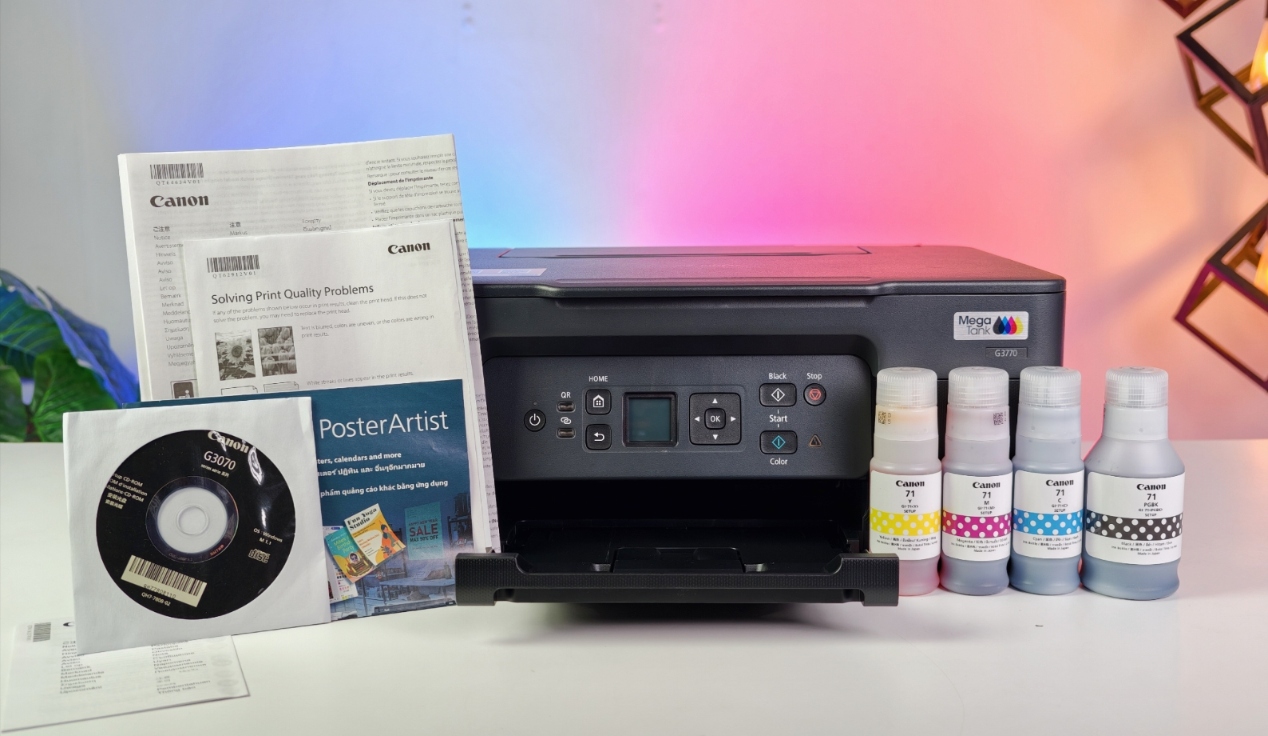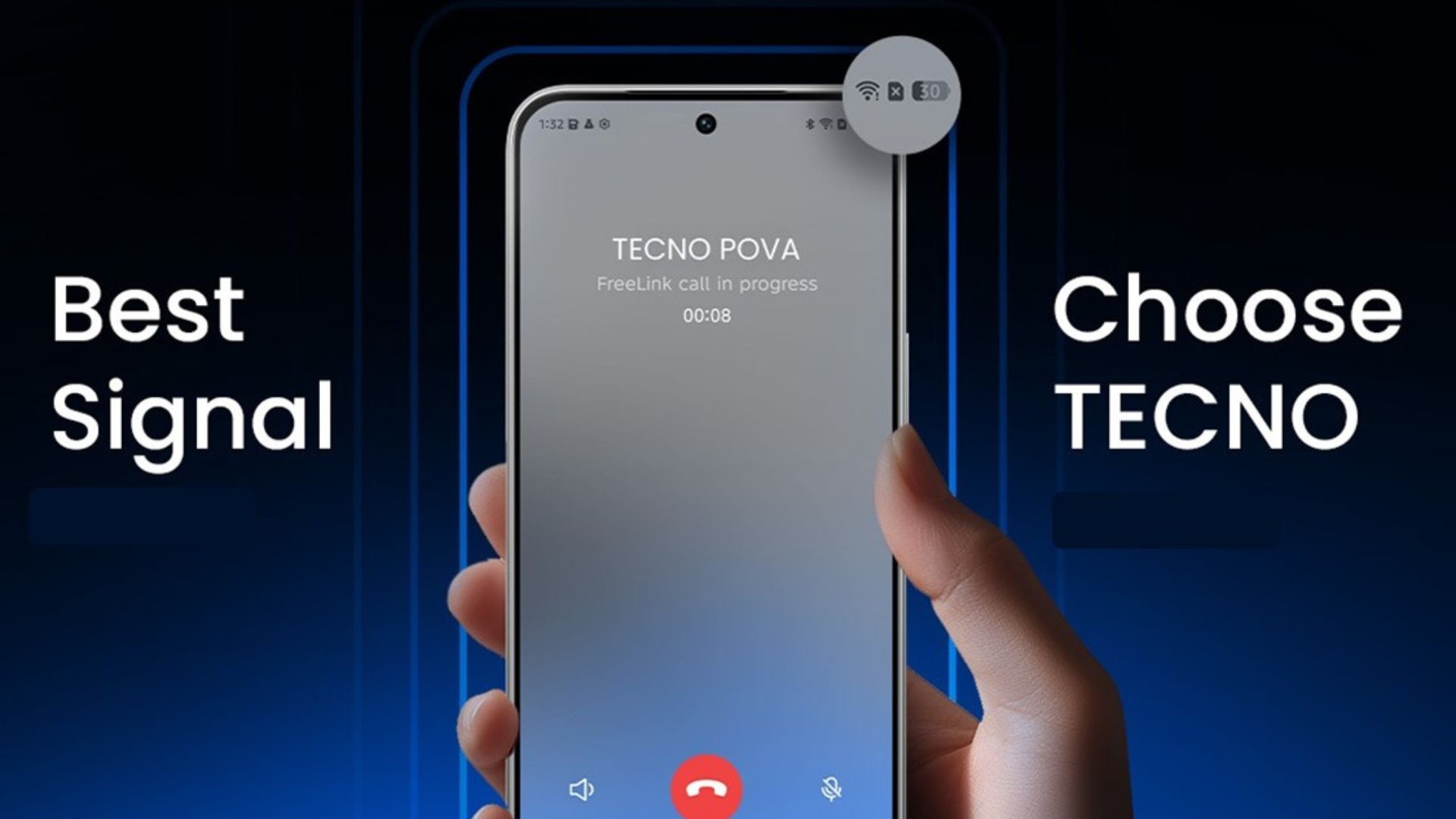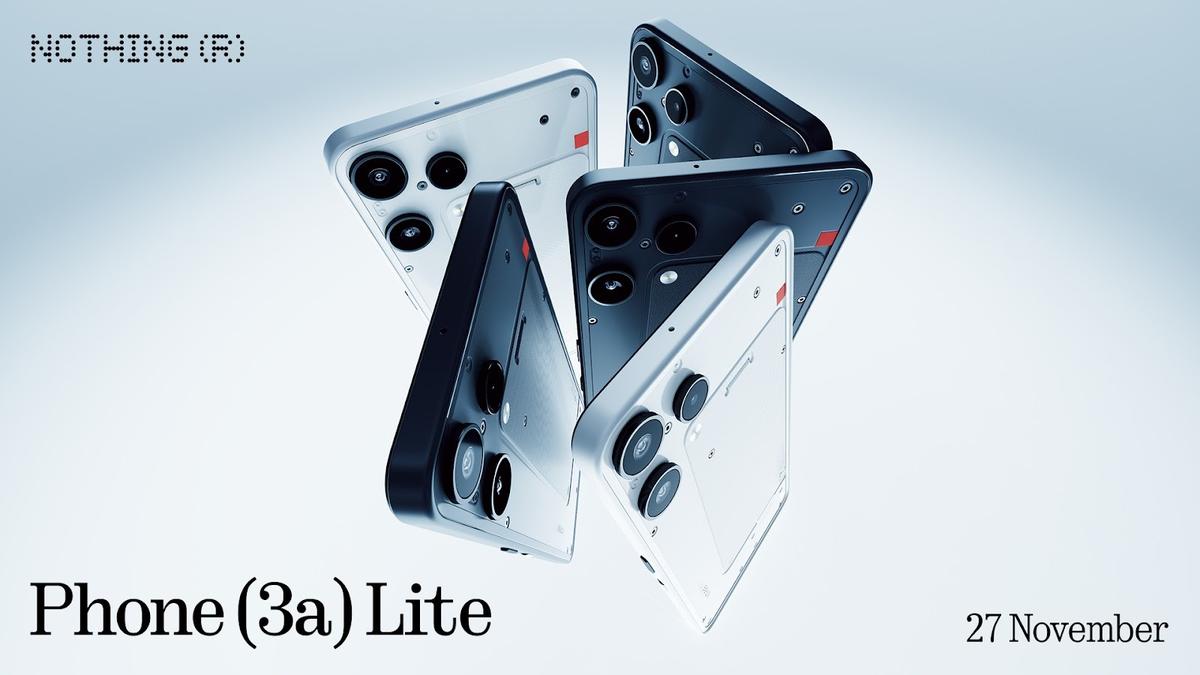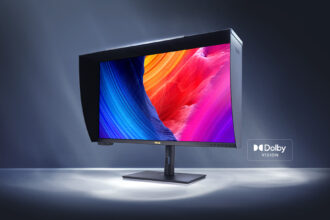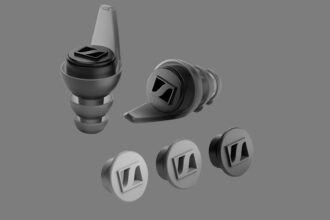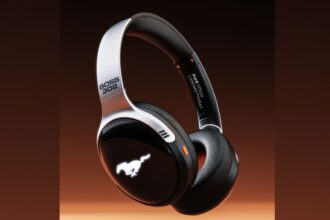Bluetooth technology has become an integral part of our daily lives, connecting everything from smartphones to smartwatches. However, concerns about privacy and battery life have persisted. The recent release of Bluetooth 6.1 by the Bluetooth Special Interest Group (SIG) aims to address these issues head-on.
Randomized RPA: Enhancing Privacy
One of the standout features of Bluetooth 6.1 is the introduction of Randomized Resolvable Private Address (RPA) updates. Traditionally, Bluetooth devices change their addresses at fixed intervals, often every 15 minutes. While this method offers some privacy, the predictability can be exploited by malicious actors to track devices over time.
With Bluetooth 6.1, the timing of these address changes becomes randomized, varying between 8 to 15 minutes by default. This unpredictability makes it significantly more challenging for third parties to monitor device activity or establish patterns. Moreover, developers have the flexibility to set custom intervals ranging from 1 second to 1 hour, tailoring the privacy settings to specific use cases.
Offloading to the Controller: Boosting Battery Life
Beyond privacy, Bluetooth 6.1 brings improvements in power efficiency. Previously, the main processor of a device handled the address-changing operations, consuming valuable CPU cycles and battery life. The new specification allows the Bluetooth controller to manage these operations independently. By offloading this task, devices can conserve energy, leading to longer battery life—especially beneficial for wearables and IoT devices.
Bi-Annual Release Cycle: Accelerating Innovation
Bluetooth 6.1 marks the beginning of a bi-annual release schedule for the Bluetooth Core Specification. This change means that updates and new features will be rolled out more frequently, allowing developers and manufacturers to adopt advancements more rapidly. Alain Michaud, chair of the Bluetooth SIG Board of Directors, emphasized that this new cadence will enable the ecosystem to meet evolving market needs with greater agility.
While Bluetooth 6.1 sets the stage for enhanced privacy and efficiency, widespread adoption will depend on hardware support. Devices like the upcoming iPhone 17 series are expected to incorporate Bluetooth 6.1 features, but broader implementation across various devices may take time. Consumers should look for devices that specify support for features like Randomized RPA to ensure they benefit from these advancements.
The Bluetooth SIG’s commitment to a bi-annual release schedule suggests that further enhancements are on the horizon. Bluetooth 6.2 is anticipated by the end of 2025, potentially bringing additional improvements in localization, security, and connection speed.


